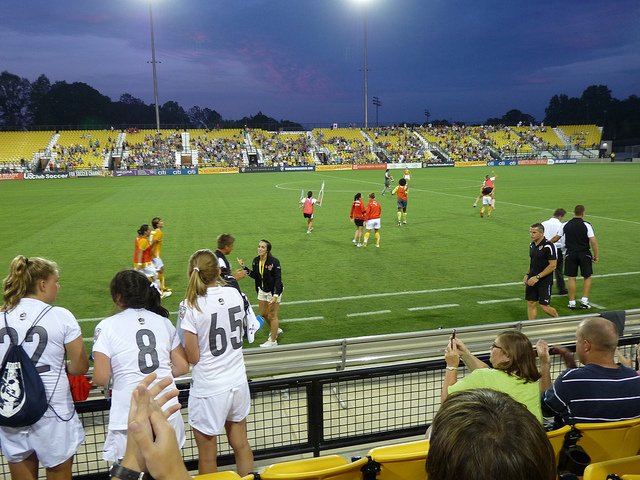Football has a game regulation made up of seventeen rules, which FIFA, the International Federation of Football Association, the international organization that directs its operation at a professional and amateur level, updates periodically.
Many of these rules are well known, given the popularity of this sport, perhaps the one with the most followers in the world, but there are some of them that are not always understood precisely or tend to be interpreted in different ways, as is the case with offside.

This rule was invented in English high schools in the 19th century so that there were no players, who were not touching the ball, near the opponent’s goal, simply waiting for a pass to surprise the goalkeeper, thus forcing the ball was fought until the same goal line.
In short, this rule indicates that a player will be in an offside position when he is in the opponent’s court and is closer to the opponent’s goal than the opposing player further back or closer to his own goal. But to help you have all the information on how to understand offside, we give you the following information.
Only in the opposite field
Something basic that you must keep in mind is that the offside or illegal advanced position only occurs in the field of the opposing team. Any player of a team will only incur offside if he is in an advanced position, but always within the field where the opposing team’s goal is located. And you have to keep in mind that you are in the opposite field even if you only have your feet and legs, your head or your torso -the parts of the body that are allowed to be used to play football- passing the line that divides both fields of the teams. However, if the arms and hands are in the opposite field, they will not be taken into account when it comes to a possible offside.
Where is the ball?
The place of the ball is another important reference to determine an offside. This fault will only occur if the attacking player is between the opponent’s goal and the point where the ball is located and moving, in play. At the same time, the circumstance must occur that the attacker does not have any defender or other player in front of him, that is, the ball is placed behind him and only the goalkeeper is in front of him, or for whatever reason, no there is no one defending the goal or goal.
A teammate touches the ball
It must be made clear that the advanced or offside position only occurs when the ball is being played by the team of the player who could be in that position. If the ball is in play by the other team, say team B, if a player from team A is between the ball and the goalkeeper and there are no defenders, he is not offside.
Offside occurs when a team attacking the opposing goal moves the ball. From that moment on, the referee observes the position of each player, and if a teammate of the one who is touching the ball or passing it is behind all the players of the attacked team, with only the goalkeeper behind him, then the referee will penalize him for offside. But if all the attacking players are behind the ball and one of them is touching it and carrying it towards the opponent’s goal, and there is at least one player – there will usually be several defenders or even other opposing players – in front of it, it will not be offside if at that moment the attacking player throws the ball forward and at that moment one or more forwards, his teammates, are thrown to capture that ball,
Violations
When will the referee sanction for offside? When a player who is in that position before the ball is released and passed by an attacking team-mate and then receives it, he touches it and plays it.
But it will also be considered penalized offside if it interferes with the game by preventing an opponent from playing the ball in any way, including obstructing his field of vision – even if he is not close but does not allow him to see the opponent’s play well -, or impeding the movements of an opposing player. In the same way, if the referee judges that that player in that advanced position is doing something that distracts an opponent or induces him to cheat that prevents him from contesting the ball.
Another form of offside, which was delimited more precisely a few years ago, is for the player in an offside position to get and play the ball that has bounced off a goal post or crossbar, or has bounced off an opponent’s body.
However, it will not be an offside offense if a forward player directly receives the ball from a goal kick, throw-in or corner kick.
Offside penalties
When the referee, who is the final judge who will determine whether there has been a punishable offside, so considers it, he will always penalize it with an indirect free kick from the point where the foul was committed, awarded to the team opposing the player who committed the foul. Off side.
